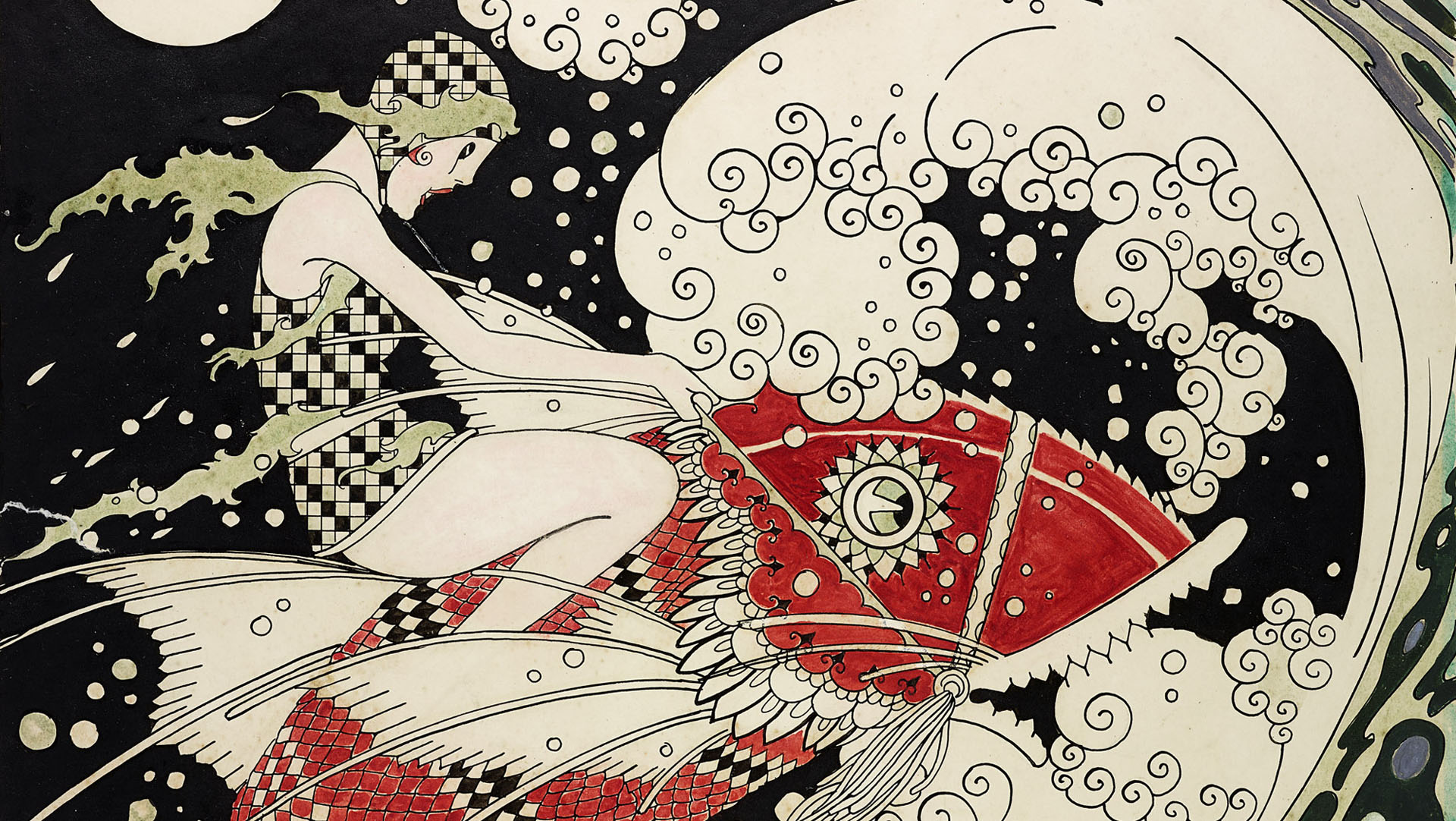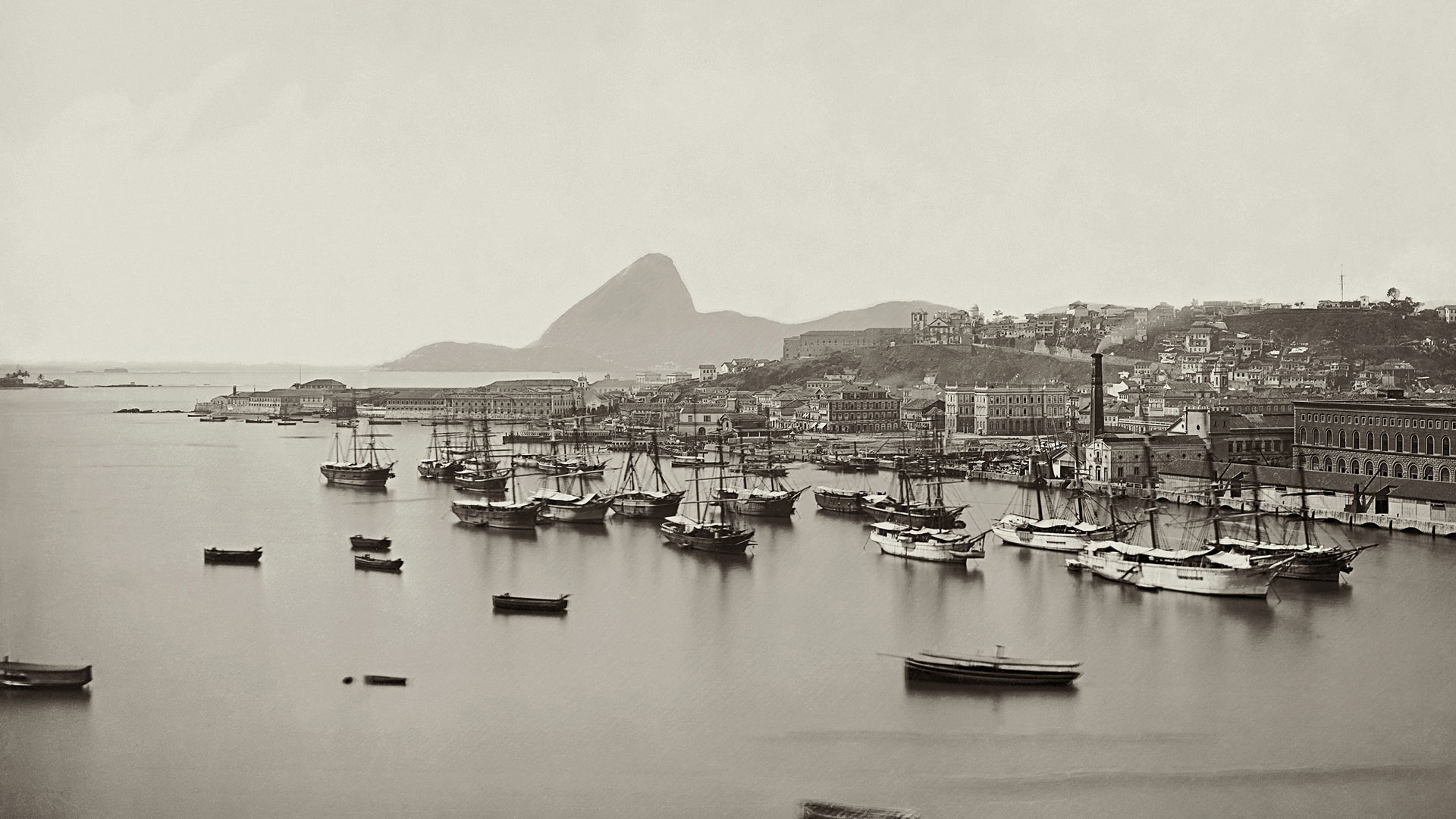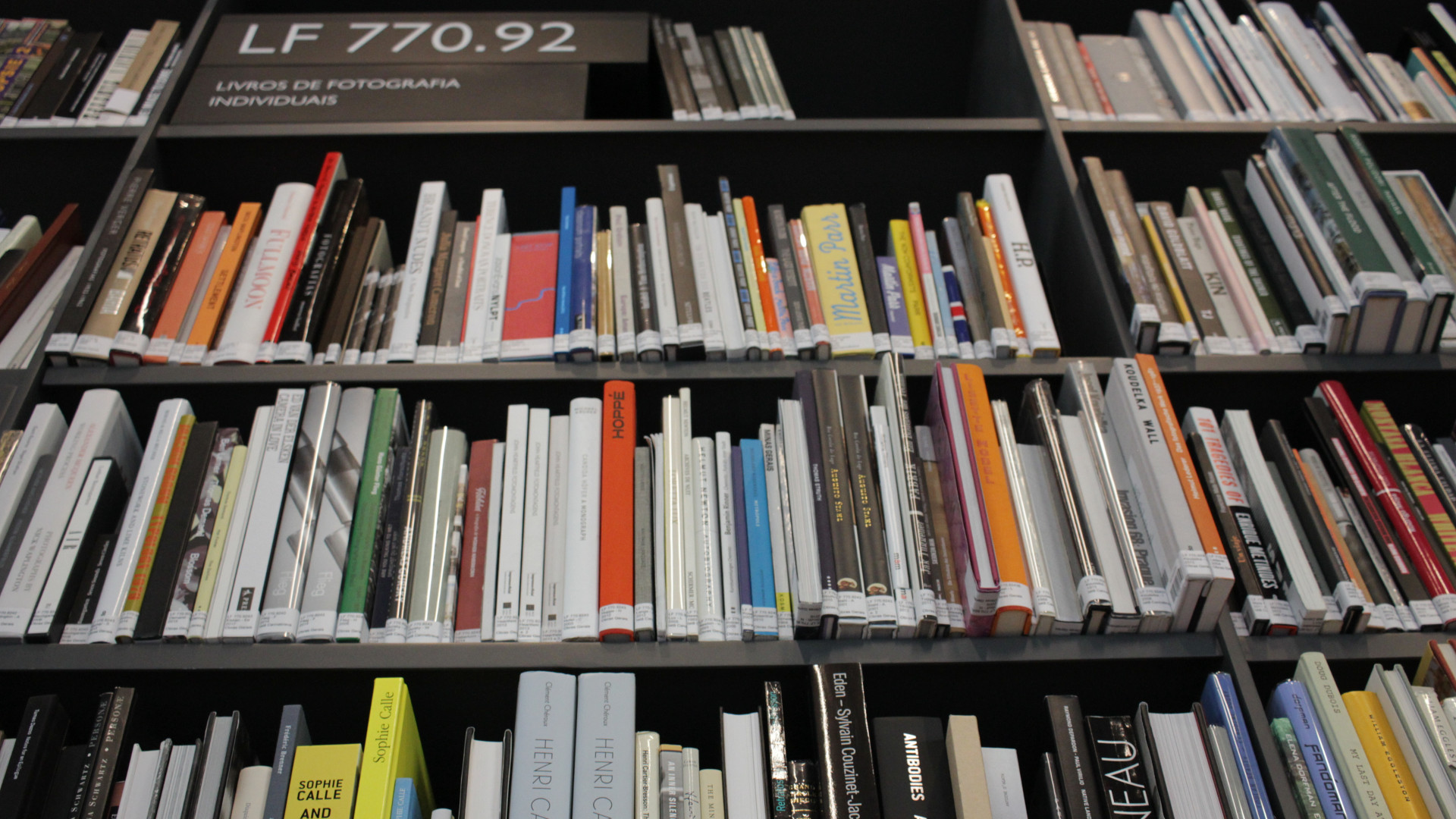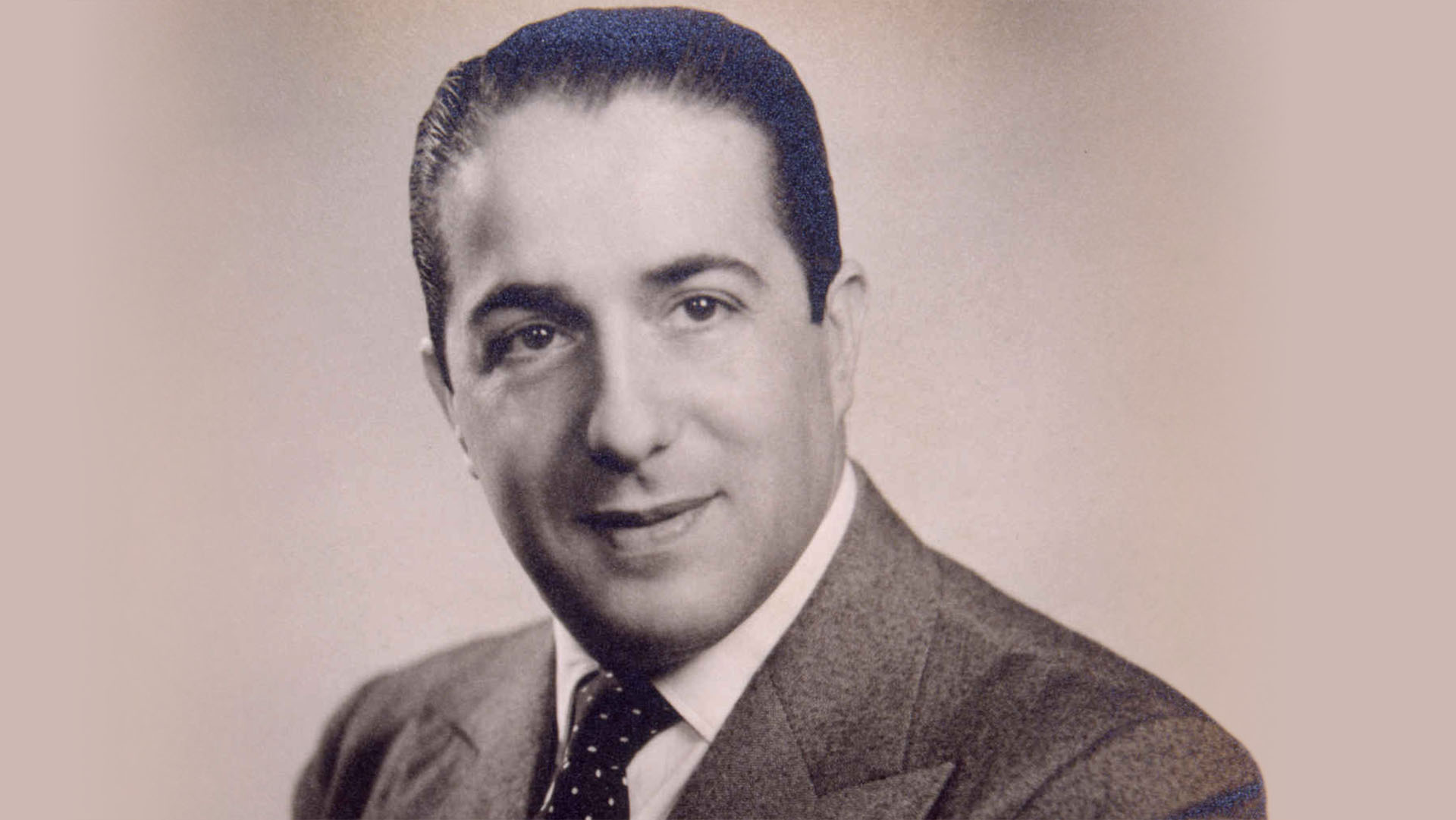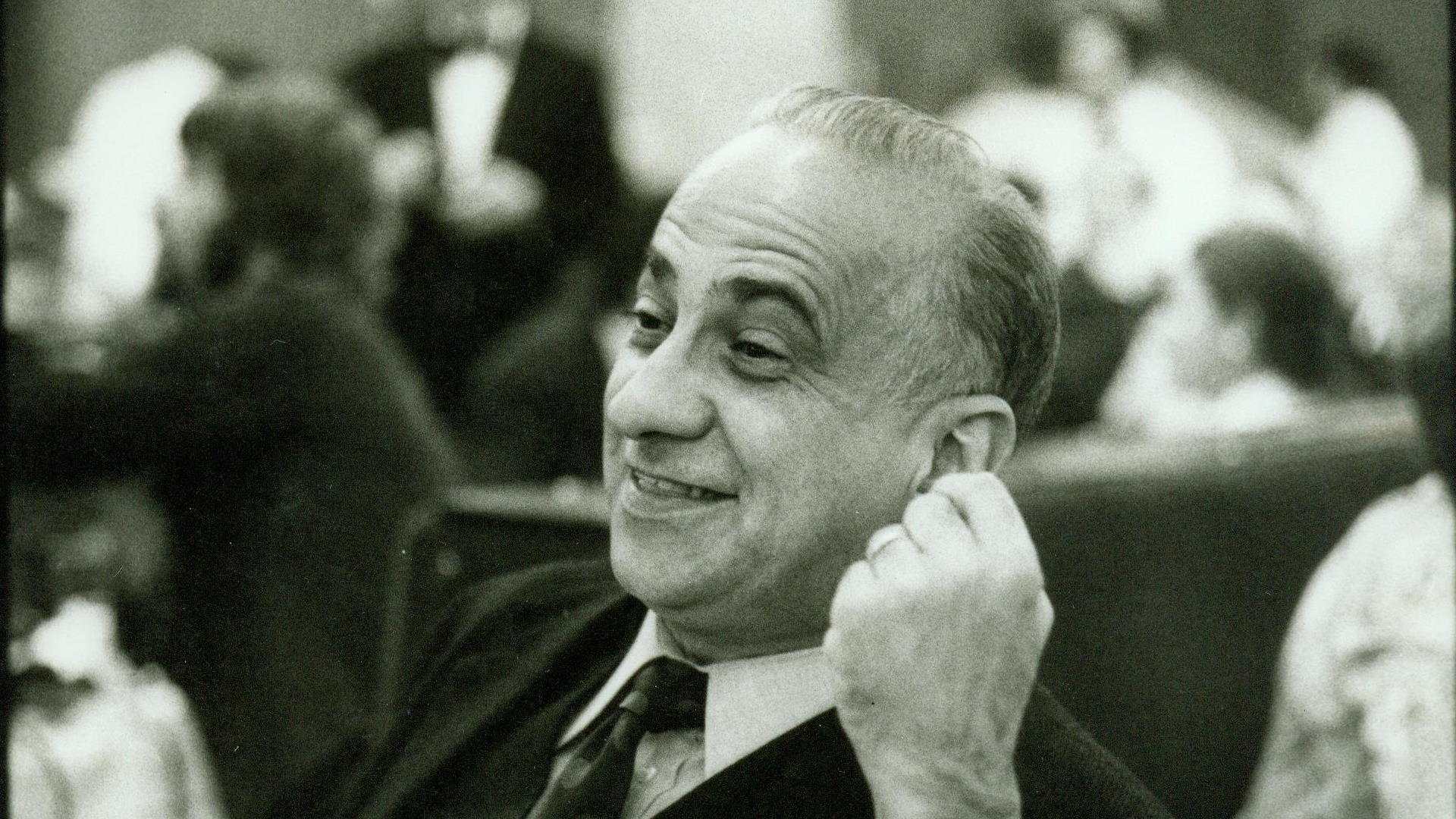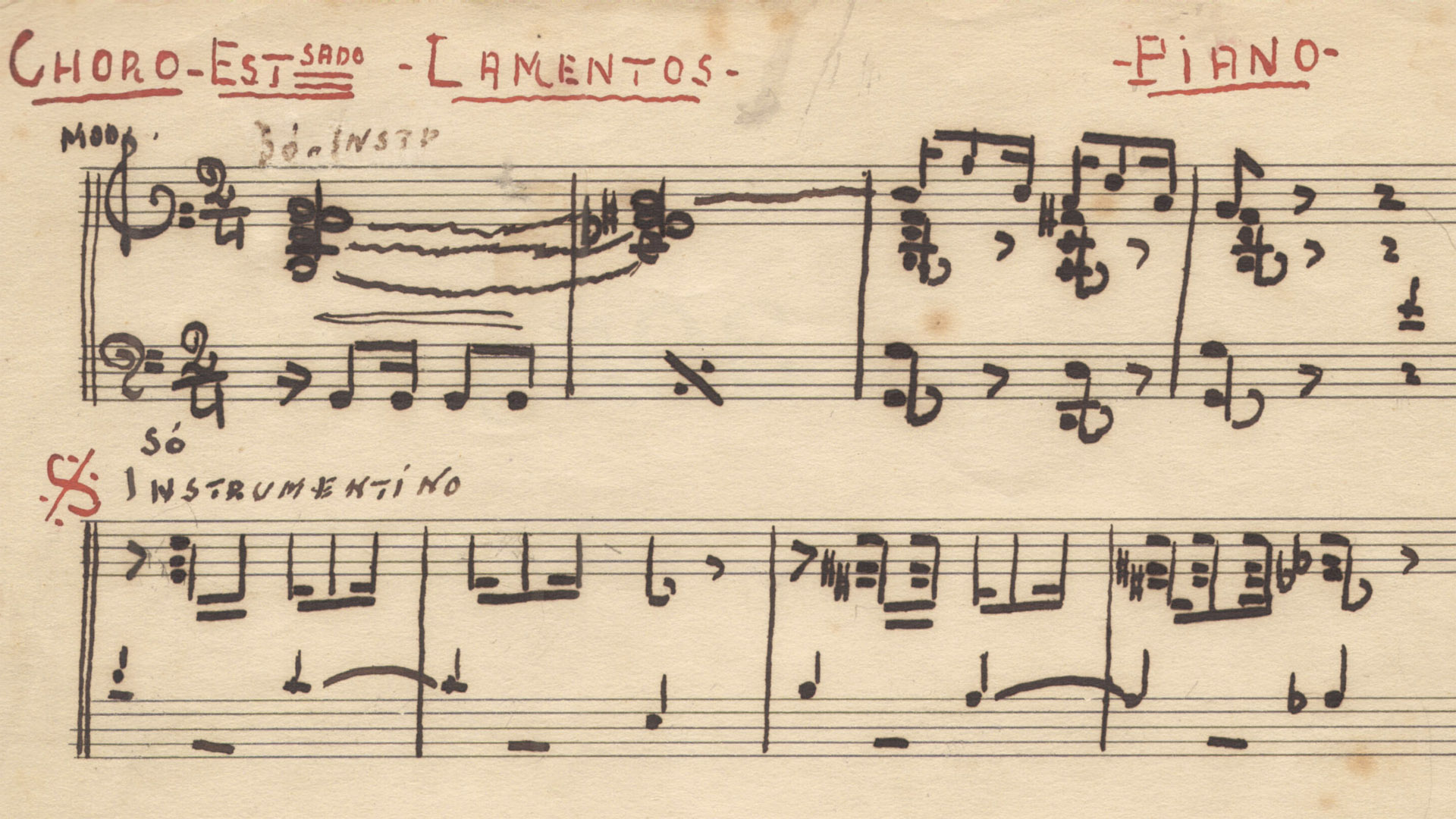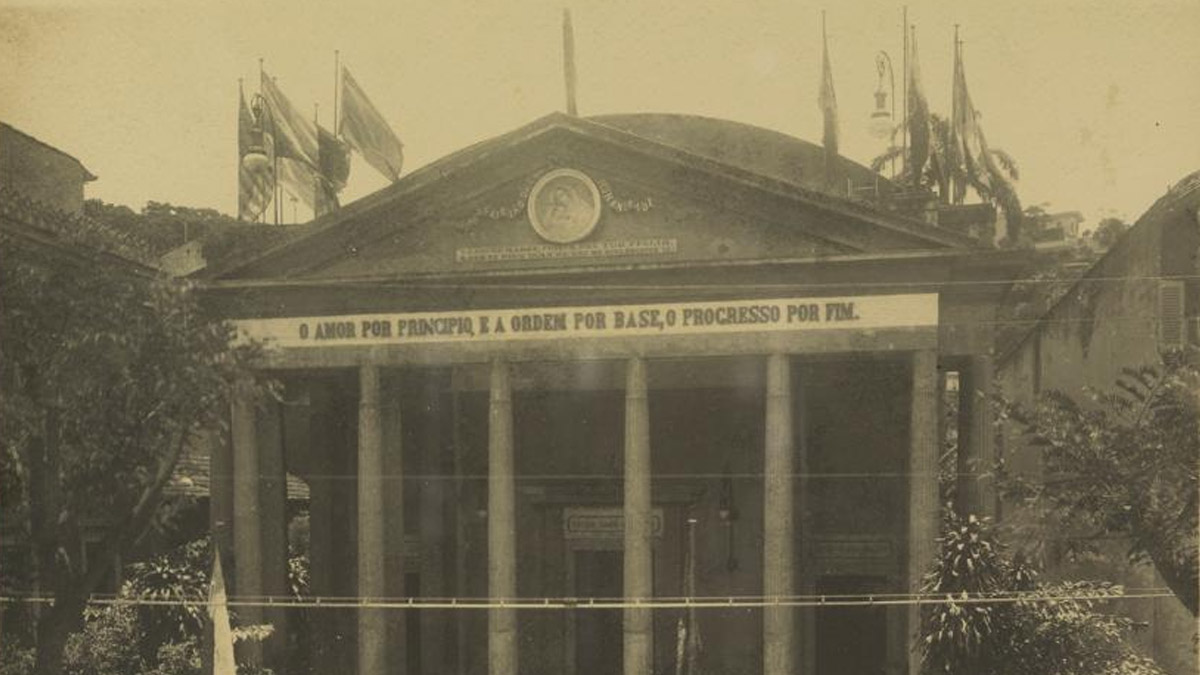1931-1940 - Claudine Haas is born in Neuchâtel, Switzerland on June 12, 1931, the only daughter of Germaine Guye and Siegfried Haas. Her mother’s family is Protestant, his father’s is Jewish. She moves with her parents to Transylvania, at the time part of Romania. She is around nine when Germaine and Siegfried separate.1944-1946 Her father and other relatives from his side of the family are killed in the concentration camps in Poland and Germany. Claudine flees to Switzerland with her mother and later immigrates by herself to New York City, where she changes her name to Claudia.
1949-1953 - She marries Julio Andujar, a Spanish national. Her husband goes to fight in the Korean War (1950-1953), and their marriage ends. She keeps his name in order to hide her Jewish origins. She begins painting and works as an interpreter at the UN headquarters.
1955-1957 - She leaves New York to reunite with her mother in Brazil. Andujar settles in São Paulo, where she resides to this day. She takes an interest in photography. She travels throughout Latin America. Encouraged by anthropologist Darcy Ribeiro, she visits the Karajá Indians on Bananal Island: “The first project of my authorship.”
1958-1964 - She takes photos in Europe and makes contacts in the US. MoMa in New York purchases two of her photographs. She exhibits her work at the Limelight Gallery in New York City and the George Eastman House in Rochester. She makes a documentary for the ABC network about the activities of Dom Helder Câmara in the favelas of Rio de Janeiro. She contributes to magazines published in the US and Brazil and realizes the series Famílias brasileiras [Brazilian Families].
1964-1965 - During the military dictatorship (1964-1985), she begins two projects: the first, unfinished, was about the city of Igaratá, São Paulo, in the Paraíba Valley, threatened by the construction of a dam; the second was about the role of women in the Bororo people in Mato Grosso. She meets photographer George Love, whom she would go on to marry.
1966-1967 - She photographs the Xikrin Indians in Pará. Andujar is part of the staff at Realidade, the magazine that marked Brazilian journalism with politically-engaged stories and pictorial boldness. Andujar’s photograph of a midwife in action in rural Rio Grande do Sul results in the magazine’s seizure.
1968-1971 - Her photo of a Xikrin makes the cover of the New York Times Magazine and is the object of an essay in Aperture Magazine. Andujar is awarded a fellowship from the John Simon Guggenheim Foundation to document the Xikrin people. She photographs the Yanomami for the first time for a special issue of Realidade. Andujar changes the focus of the grant to the more isolated Yanomami. She quits Realidade to dedicate herself to this project. She makes the first of many trips to the Catrimani River basin, where she would develop most of her work on the Yanomami. She meets the missionary Carlo Zacquini, who would become her partner in activism.
1973 - She teaches classes at São Paulo Museum of Art (Masp) and shows O homem da Hileia [The Man of Hileia], about Yanomami life. The federal government begins construction on the Northern Perimeter Highway (BR-210), clearing the way for diseases like the measles, the flu, malaria and smallpox, which would decimate the Yanomami communities in subsequent years. The Statute of the Indian provides that the indigenous be “integrated” into society.
1974-1976 - Andujar separates from George Love. She spends several months in the Yanomami region. She becomes a naturalized Brazilian citizen and receives a grant from São Paulo Research Foundation to study the mythology of the Yanomami through drawings. The construction of the Northern Perimeter is abandoned. The aerial surveying for Project Radam identifies gold, uranium and cassiterite on indigenous land, which attracts prospectors and miners. Subsequent pollution of the rivers and epidemics are devastating.
1977 - Andujar is expelled from the indigenous lands by the Brazilian government. She receives another fellowship from the John Simon Guggenheim Foundation to continue her work on the Yanomami, but fails to get authorization from the National Indian Foundation (Funai) to return to the area. She meets Davi Kopenawa, who would become her great partner in the campaign for demarcation.
1978 - She founds the Commission of the Creation of the Yanomami Park (CCPY), with the missionary Zacquini and the anthropologist Bruce Albert, later formalized with the participation of anthropologists Alcida Ramos and Beto Ricardo, among others. She participates in the act at Tuca Theater, São Paulo, against the emancipation of the Indians proposed by the military government. After three negative responses, she receives authorization from the National Indian Foundation (Funai) to return to the area. She publishes Yanomami: frente ao eterno [Yanomami: Facing the Eternal], Amazônia (with Love) and Mitopoemas Yãnomam [Yãnomam Myth-Poems].
1979 - The CCPY begins a national and international campaign for the creation of the park, forcing Andujar to frequently travel to the US and Europe in order to mobilize organizations and raise funds. She delivers the first proposal for the creation of the Yanomami Indigenous Park to President João Baptista Figueiredo. Her photos are used to illustrate reports and manifestos.
1980 - With support from the Danish NGO IWGIA and the Norwegian Ministry of Foreign Relations, she begins a health program in attempt to contain the epidemics. In subsequent years, she travels to the area on vaccination campaigns and for the purpose of training indigenous and non-indigenous healthcare agents.
1981-1982 - Part of the Yanomami area is sectioned off by the Ministry of the Interior, a major victory. She launches a campaign to end prospecting in Santa Rosa. The CCPY sends documents, reports and letters with allegations to the authorities and the press. Threatened by the prospectors, Andujar continues fighting and publishes the Yanomami Report 82: The Situation of Contact and Health (CCPY). She creates the first identification portraits for the series Marcados [Marked].
1983-1984 - She continues to travel to the indigenous land with healthcare programs. The CCPY firms a partnership with the Médecins du Monde, and Funai submits a proposal for the demarcation of the land in an area continuous to an interministerial group organized by the federal government.
1985-1986 - With the end of the military dictatorship and the death of president Tancredo Neves, vice president José Sarney takes office and initiates the Calha Norte Program. The demarcation of extensive indigenous and frontier areas is vetoed. The OAS recommends the establishment of the park to the government, and Senator Severo Gomes introduces a bill for its creation. Andujar, Zacquini, Severo Gomes and other politicians participate in the first meeting of the Yanomami peoples in the Demini region.
1987 - The CCPY signs a healthcare agreement with Fiocruz (Fundação Oswaldo Cruz). An article in the newspaper O Estado de S. Paulo describes a “foreign conspiracy” to internationalize the Amazon. The CCPY, NGOs and missionaries are expelled from the area, leaving the Yanomami to fend for themselves. Thousands of prospectors invade the region, provoking a malaria epidemic. In five years, 15% of the population dies. Andujar and the CCPY pressure Romero Jucá, president of Funai, to resume their activities.
1988 - Jucá announces the demarcation of the Yanomami area with over eight million hectares, but divided into 19 islands, representing less than 30% of the traditionally occupied lands. The area becomes known as the “Yanomami archipelago.” Protests follow in Brazil and throughout the world. The new Constitution recognizes the Indians for “their social organization, customs, languages, beliefs and traditions, and original rights over the lands they traditionally occupy, making it incumbent on the Union to demarcate and protect them, ensuring that their assets are respected by all.” Ignoring the Constitution and appeals made, the government reduces the Yanomami territory. Kopenawa wins the UN Global 500 Award.
1989 - The CCPY organizes the exhibition Genocídio do Yanomami: morte do Brasil [The Yanomami Genocide: The Death of Brazil] at Masp to sound the call for demarcation. The Action for Citizenship is launched, a nonpartisan movement to defend civil rights. The movement publishes the report Roraima: o aviso da morte [Roraima: A Death Notice], denouncing the Yanomami genocide. Andujar participates in a session in Congress with Senator Severo Gomes. On invitation of the British NGO Survival International, Kopenawa makes his first international trip, accompanied by Andujar.
1990 - President Fernando Collor de Mello visits the Yanomami area and orders for the clandestine landing strips to be dynamited; only 14 of the 73 existing strips are destroyed. The new government’s economic austerity measures lead to the suspension of emergency healthcare operations. The CCPY denounces the presence of 8000 prospectors in the region. Hundreds of Indians suffer from extreme malnutrition, malaria, Aids and hepatitis B. The exhibition Yanomami/1990: o extermínio continua. Até quando? [Yanomami/1990: The Extermination Continues. Until When?] is held at the Latin America Memorial in São Paulo.
1991 - Andujar and Kopenawa meet with employees from the American government, the United Nations, the OAS and the World Bank. This is the first time that a Brazilian indigenous leader is received by so many authorities. Collor revokes Sarney’s decrees that created the “Yanomami archipelago.” On the eve of the un General Assembly in New York, Collor determines the removal of the prospectors. Military reservist Jarbas Passarinho, minister of Justice, affirms that religious groups want to internationalize the Amazon. The CCPY petitions for telegrams to be sent from around the world to the president. In October, Collor approves the continuous demarcation of the Yanomami area in 9,419,108 hectares. The area is declared a permanent indigenous possession, awaiting ratification.
1992 - Thanks to pressure within Brazil and from abroad, on the eve of the unced (the Rio de Janeiro Earth Summit), the UN conference on climate issues, Collor ratifies the approval of the Yanomami area. “An act of political courage,” affirms Andujar, and also the result of 13 years of struggle. The CCPY begins a new phase of the healthcare program in order to reduce the alarming rates of malaria. Kopenawa speaks at the UN during the opening of the International Year For the World’s Indigenous Peoples (1993).
1993-1994 - Sixteen Indians are stabbed and shot to death at the village of Haximu; the survivors flee and denounce the massacre months later. The US government pressures the Brazilian government to investigate. Three projects are circulated in Congress to suspend the approval; one of them authored by federal representative Jair Bolsonaro. Andujar exhibits her photos at the Frankfurt Book Fair in Germany and FotoFest in Houston, USA.
1995-1996 - The CCPY becomes known as the Pro-Yanomami Commission and it initiatives a project for education and construction of schools with Yanomami leaders financed by the Ministry of Education, Unicef and European NGOs. President Fernando Henrique Cardoso signs a decree that allows for the reduction of indigenous areas and legitimizes the land deeds of these areas. The CCPY announces the existence of over 1000 contestations to 55 indigenous territories and publishes the timeline of the invasion of the Yanomami area by armed prospectors and its consequences, including the unbridled supply of weapons to the indigenous peoples. Five prospectors are convicted for the Haximu massacre.
1997-1998 - The Rainforest Foundation Norway decides to finance an eight-year education project. In the name of the CCPY, Andujar receives the Human Rights Award from the Brazilian government. The 24th São Paulo Biennial of Art presents Na sombra das luzes [In the Shadow of the Lights], an installation by Andujar, which also exhibits Yanomami: a casa, a floresta, o invisível [Yanomami: the House, the Forest, the Invisible] at the 2nd International Photography Biennial of Curitiba.
1999 - She participates in the festival PhotoEspaña in Madrid. A Parliamentary Committee of Inquiry, dominated by representatives with economic interests in the Amazon region, is created to investigate the Funai. Federal representative Antonio Feijão calls for the Federal Police to investigate the activities of foreigners in indigenous areas. Senator Romero Jucá presents a bill that would permit mining activities in these areas.
2000 - The Pro-Yanomami Commission creates the NGO Urihi-Saúde to administer attendance posts on Yanomami Land, at the request of the Ministry of Health. The CCPY is transferred to Brasília, and anthropologist Alcida Ramos assumes the presidency. Andujar takes it upon herself to keep the issues of the Yanomami in circulation through cultural dissemination. She is awarded by the Lannan Foundation in New Mexico (USA).
2001-2011 - Andujar decreases her direct involvement in politics and uses her artistic work as a way to keep the struggle of the Yanomami in the public eye. She exhibits Yanomami at the Latin America Memorial in São Paulo. She participates in the exhibition Yanomami, l’esprit de la forêt [Yanomami, Spirit of the Forest] at the Cartier Foundation in Paris. She is awarded the Vitae Arts Fellowship to organize her archives. She is represented by Galeria Vermelho in São Paulo. She opens the retrospective A vulnerabilidade do ser [The Vulnerability of Being] at the Pinacoteca do Estado de São Paulo, and the exhibition Marcados para [Marked for] at the Center of Jewish Culture in São Paulo, among other exhibitions.
2015 - The first part of her career is reexamined in the exhibition Claudia Andujar: no lugar do outro [Claudia Andujar: In the Place of the Other] at the IMS Rio. The Inhotim Institute inaugurates a permanent Claudia Andujar gallery.
2017 - She opens an exhibition at the Museum of Modern Art in Frankfurt and the Municipal Photography Archive of Lisbon.
2018 - The exhibition Claudia Andujar: a luta Yanomami [Claudia Andujar: the Yanomami Struggle] is inaugurated at the IMS Paulista. Jair Bolsonaro is elected president and threatens to review the demarcation of the Yanomami Land.
OUTROS ACERVOS
Acervos
Iconografia
Acervos
Fotografia
Acervos
Biblioteca de Fotografia
Acervos
Walther Moreira Salles
Acervos

